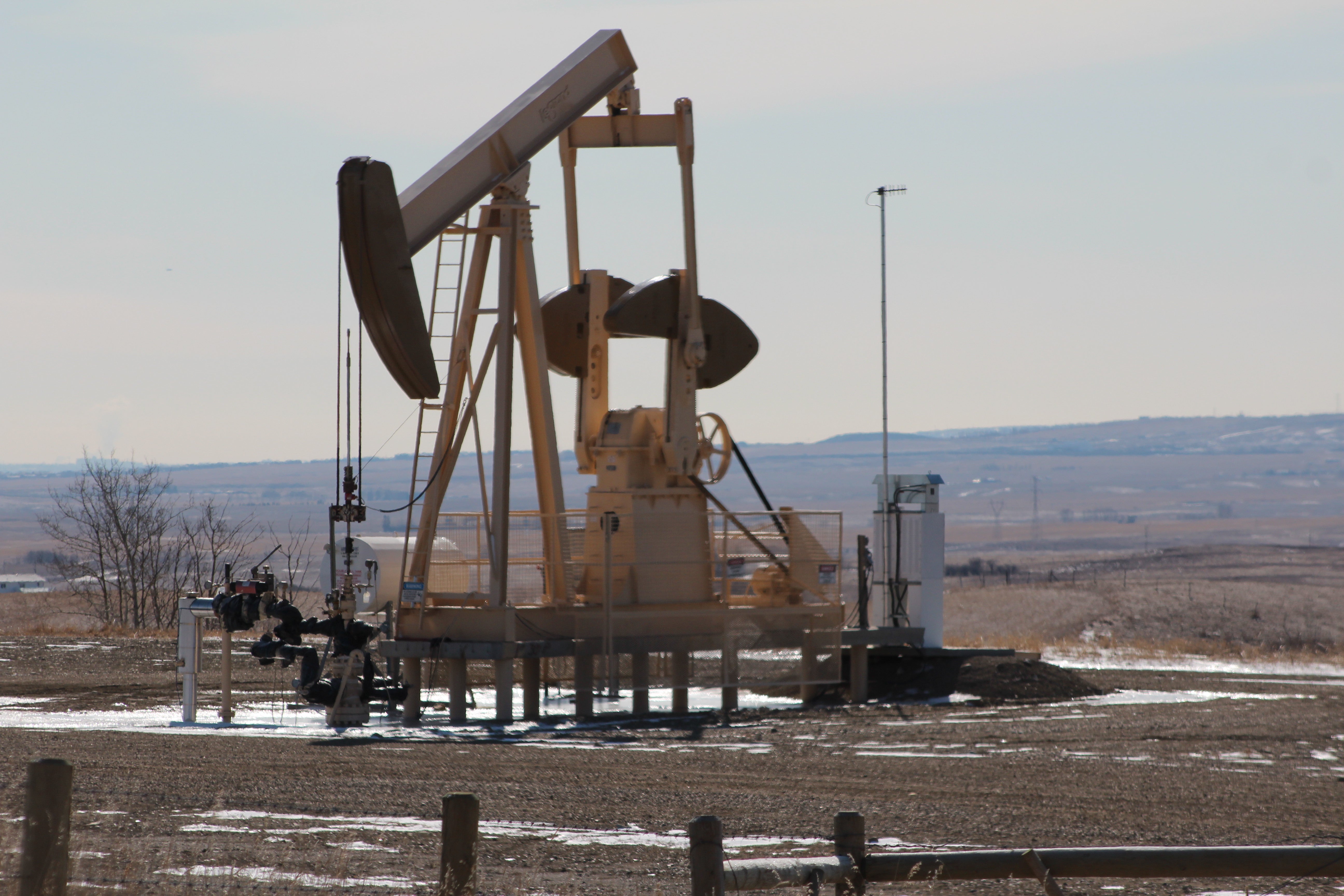
Canada’s move to reduce methane emissions from its oil and gas sector passed another milestone this week, as the deadline passed for stakeholders to submit comments about the proposed regulations to Environment and Climate Change Canada (ECCC). EDF issued extensive comments commending ECCC for moving forward, but urging decision makers to address some critical weaknesses of the draft rules.
EDF is not alone in this thinking. A group of investors from Canada, US, and Europe, which together represent $89 billion CAD in investments, released a synopsis of their comments. Many leading Canadian NGOs, including the David Suzuki Foundation, the Pembina Institute, Environmental Defence (no relation to this EDF), Equiterre, and the Blue Green Alliance, also issued a press release urging ECCC to improve and strengthen the draft regulations.
As Canada’s effort to regulate this potent greenhouse pollutant continues, EDF is focused on ensuring Canada takes advantage of low-cost reduction opportunities, which have the added benefit of improving air quality, eliminating waste, stimulating innovation, and creating jobs. For that to happen, the country’s draft methane regulations need to be strengthened.
Here are four ways that can happen:
- Fix the Timeline
In the days before the draft regulations were released in May, the oil and gas industry successfully lobbied government officials to delay implementation of the regulations by as much as three years. This would result in the release of an estimated 55 million additional tons of methane compared to the original timelines. Delaying key provisions for five years is excessive and inconsistent with how – for example – US jurisdictions have regulated methane. We urged ECCC to reset the timetable so the regulations begin in 2019 (not 2020) and full implementation occurs by 2022 (not 2023).
- Require Quarterly Leak Inspections
Because methane is invisible and odorless, and many leaks are intermittent, it’s nearly impossible to find methane leaks unless you’re looking for them. Canada’s proposal calls for leak inspections only three times a year; we urged EEEC to implement inspections four times a year instead. This may seem like a minor detail, but the effectiveness of any detection requirement is better with greater frequency. In fact, the International Energy Agency has said “tracking and fixing these [methane] leaks – which can be short-lived and intermittent – requires a systematic effort of measurement, reporting and monitoring, backed up by effective regulation. More regular inspections mean better odds of catching serious but intermittent problems. Across the United States, regulatory best practice is four times a year. Canada’s rules should follow this industry best practice.
- Reduce Venting
Unlike leaks, venting is the intentional release of methane, and ECCC has proposed regulations that will significantly reduce venting across Canada. That’s great, but the proposed rules include exceptions and loopholes, and still allow for venting. In recognition of the availability of technologies that eliminate venting, leading U.S. jurisdictions increasingly prohibit venting. Strengthening the venting provisions will ensure that Canada is in line with regulatory best practices on venting.
- Ensure “equivalent” really means equivalent
Canadian law allows provinces to develop their own regulations and have those regulations take place instead of federal regulations if there are “provisions that are equivalent to a regulation.” We urged ECCC to ensure that any equivalency agreement show that equal or greater reductions are achieved. If a province’s rules don’t achieve the reductions the federal rules would, they shouldn’t be considered “equivalent.”
These are simple, commonsense steps that are squarely consistent with the goals and intent of the policy, which can make implementation faster, cheap and more effective. We hope the Canadian government will consider these opportunities as they review public comments. Final regulations are expected late this year or early next.
By Drew Nelson
Image source: Flickr user davebloggs007
Enviroshop is maintained by dedicated NetSys Interactive Inc. owners & employees who generously contribute their time to maintenance & editing, web design, custom programming, & website hosting for Enviroshop.
